the challenge
STEP ONE – ADMIT IT
Admit you have a problem. This problem could be anything; drugs, sex, violence, eating, or a form of trauma. This step is hard. Being different comes at a cost, but in order to get better, you must first admit there is something to get better from. It’s okay. I’ve been there, and for a long time, I didn’t want help. But when you do, there is hope!
STEP TWO – GET HELP
Getting clean, sober, or healthy is a daunting task. Doing it on your own is next to impossible, but if you don’t ask for help, you will never receive it.
There are five main ways people have successfully gotten help from addiction, mental health, and other lifestyle issues: inpatient treatment, outpatient treatment, support groups, therapy, and sober living.
To be admitted to a treatment program, you need a chemical or mental health assessment.
INPATIENT TREATMENT
Inpatient treatment is a program in which an individual stays on the premises for the entirety of a treatment program. These programs generally last 30 to 90 days. Some last longer. Adult & Teen Challenge for one example lasts 12-18 months.
While I was incarcerated at Yankton Federal Prison Camp, I participated in a Residential Drug Abuse Program (RDAP) which lasted 10 months. I lived in a unit with 250 inmates, all of whom had either completed the program, were in the process of completing the program, or were waiting to get in. This provided an environment where everybody agreed on the same thing: we are trying to change.
Inpatient is intense and involves programming throughout the day. My program went from 12 pm-3:45 pm, Monday-Friday.
We had large group activities including recovery-related skits, games, brainteasers, and open discussions where people could share or work on their treatment plan.
A treatment plan is an individual assessment involving a checklist of activities you must complete throughout your time in the program. These activities might require you to write home and ask for victim impact letters (see Impact section below), seek out members in the program to ask for feedback, or present something in front of the group.
We also had a small group, called a process group, where you could work through more intimate issues, maybe open up about something you don’t feel comfortable talking about in front of a larger audience.
This was my favorite part of the program. It was real, raw, and emotional. This is where most of my pain was released and my healing began.
Inpatient treatment is like anything else. It’s what you make of it. It can be a good time or it can be the worst experience of your life. It all comes down to one question, “Are you ready to change?”
If you have a lengthy history of drug abuse, I recommend an inpatient program.
– Noah Bergland
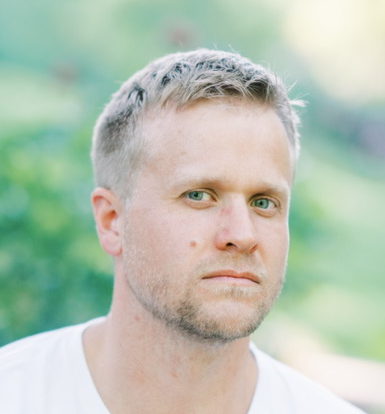
Resources:
OUTPATIENT TREATMENT
Outpatient treatment has similar programming to inpatient, the major difference being that participants don’t live at the outpatient facility. You have small and large group counseling sessions and individual therapy. With outpatient, you are not immersed in the culture, which some people need when they are first getting clean/sober. Outpatient allows for a more flexible schedule that will allow you to keep working full or part-time.
I am currently doing the followup program to my Residential Drug Abuse Program (RDAP). It’s called Transitional Drug Abuse Treatment (TDAT). I meet with someone from the program twice a week. On Wednesday’s I have a small group for 90 minutes, which ranges from 8-10 guys, a counselor, and the head phycologist. On Fridays, I have an individual meeting with my counselor for 60 minutes.
Outpatient treatment is for people that don’t have a lengthy history of drug abuse or are looking for maintenance in their program. If this is you, then I recommend outpatient.
– Noah Bergland
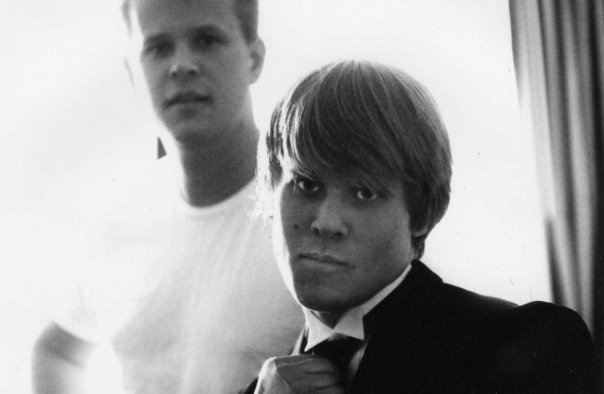
Resources:
TWELVE-STEP SUPPORT GROUPS
The first twelve-step support group was Alcoholics Anonymous, formed in 1935 by Bill Wilson and Dr. Bob Smith. Prior to this time, it was illegal for addicts of any kind to congregate in one place or another. As you can see, many other programs have adopted this formula and applied to many different addictions. These programs generally have a theme that surrounds the desire to stop, peer support, and spiritual principles.
My very first step into recovery was in an AA meeting. It was awkward at first, but I knew it was where I needed to be. From that meeting, I found the support and encouragement I needed to get into an inpatient treatment program.
The core of these recovery groups is the twelve-step program. It is a powerful tool for recovery and resilience that anyone can benefit from. They are flexible enough to fit an array of worldviews but specific enough to make you really get after your demons.
If you are on the fence about being ready to tackle your addiction or mental health battle, a recovery group is a good place to start. These are safe, welcoming places that will reach out to you without judgment or expectation. They’ve been where you are.
– Kirsten Solberg
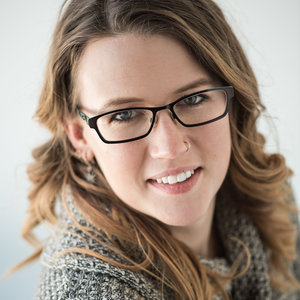
Resources:
Below are a variety of programs and links to find meetings near you:
(Prescription) Pills Anonymous
Celebrate Recovery
THERAPY
Therapy has been a mainstay for me. As someone who’s chemical addiction was rooted in some pretty serious mental health issues, therapy will continue to be part of my life for the foreseeable future.
Therapy can take many forms: psychotherapy, secular or faith-based counseling, group therapy, family therapy, or a variety of others.
A lot of people hesitate to talk about their therapy experience, other than to say, “It’s essential. It’s made a huge impact.” There’s still a lot of stigma around therapy, maybe even more than there is around inpatient and outpatient treatment.
I believe this is because our culture is under the illusion that addictions and mental health can be cured, and therefore, why should we need to keep working at it? Those of us in recovery (over ten years for me) know that addiction and mental health affect the mind, body, and soul for a lifetime. Mental health disorders are often hard-wired. Choices and mentalities that got us unto addiction are hard to undo and sneak upon us all the time.
Therapy is the lifeblood of a healthy, resilient person. The most successful people in the world see therapists. The people floundering in their dysfunction…don’t.
Even outside of the “therapist office” there are many things that are therapeutic: meditation, exercise, being outdoors, helpful friendships, supportive communities. All of these things are branches of a therapeutic lifestyle and mindset.
I’ve met with behavioral psychologists, psychotherapists, secular, and faith-based counselors. I’ve been to group therapy and family therapy. What’s helped me the most is meeting regularly with a counselor from my church community. I’m on closely monitored medication for my mental health disorder, and I find that a therapy that bridges the physical with the spiritual is essential for me.
Therapy looks different for everyone. The bottom line is that it should cut away the noise and get down to the root of your problems. Therapy is meant to treat the core issues, not the symptoms. Sometimes you need to spend time dealing with the symptoms to make room for the real, hard stuff, but good therapy will push past those things and open you up to the most important thing in recovery: hope.
Brigette Molitor, a contributor to resilience2reform, put it perfectly on an Instagram post, “A person seeing a therapist should be treated no differently than a person going to the gym. One is taking care of their physical health and the other is taking care of their mental health. We treat our physical injuries by asking for help. It’s time we treat our mental and emotional injuries the same way. There should be no shame in going to therapy for stress or trauma, just like there is no shame in going to the doctor for a broken arm or ear infection.”
— Kirsten Solberg
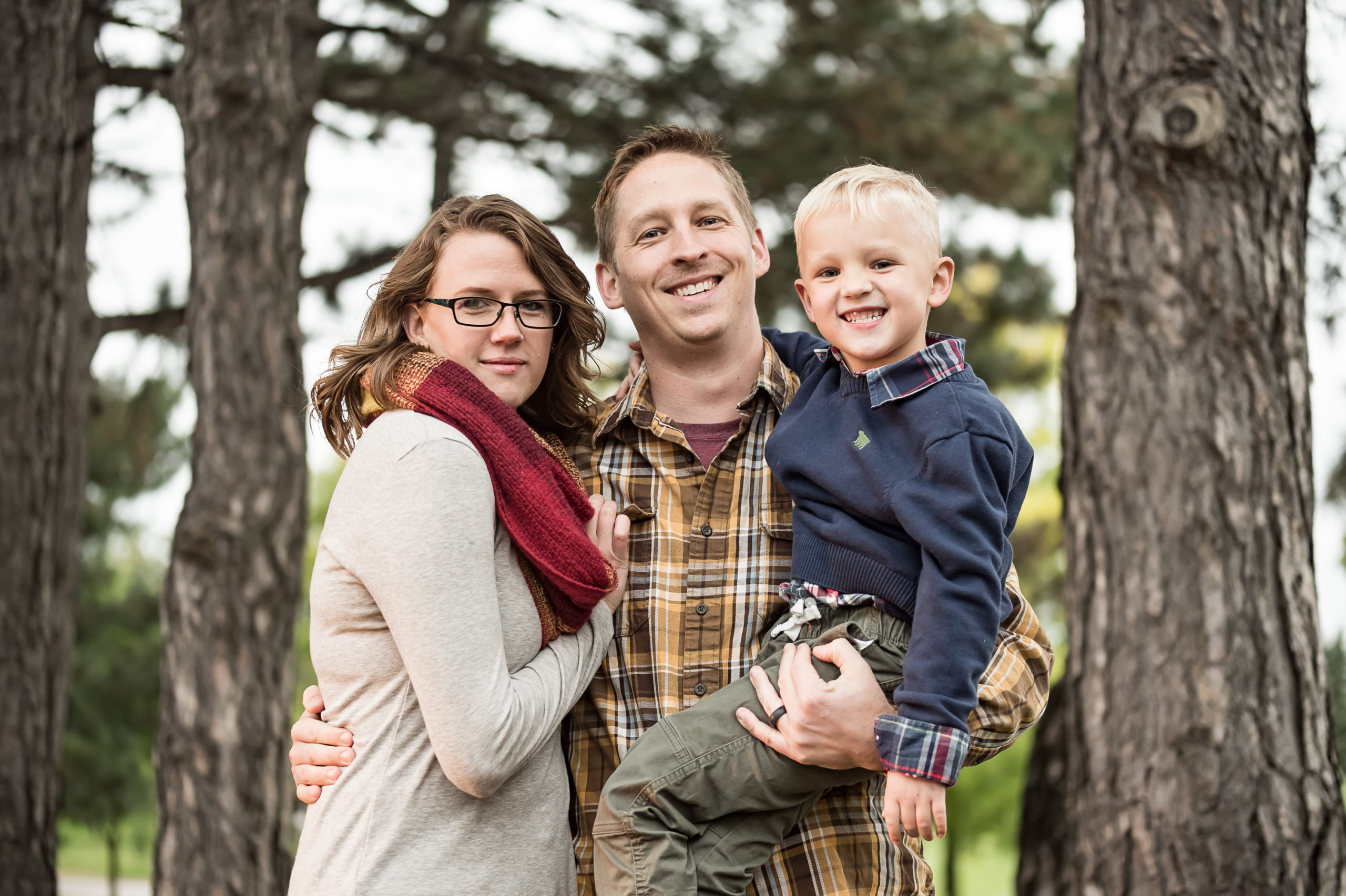
Resources:
RECOVERY HOME – SOBER LIVING
I strongly recommend sober living. I’m not sure if I would have been able to maintain my sobriety if I hadn’t gone there. It can be scary completing residential treatment, then being exposed to all sorts of triggers. Sober living was a safe place for me to rebuild my life since all I had was my clothes when I entered residential treatment.
I was able to process triggers with my roommates and work through them together. I developed friendships with sober people, gained life skills, felt safe, obtained employment, and really took my sobriety seriously. The reason I left sober living is that I felt strong enough in my sobriety to live on my own, I was almost 3 years sober at the time.
I did not trust myself to be alone in early sobriety because I was afraid I would use again. It takes years to re-train your brain from addictive thinking, and I wanted to make sure I was strong enough in my recovery to be on my own. That was my own choice and I am grateful I made it. I went to sober living at Progress Valley in Bloomington and I would recommend it.”
— Johanna Bergland
National Sober Living Association
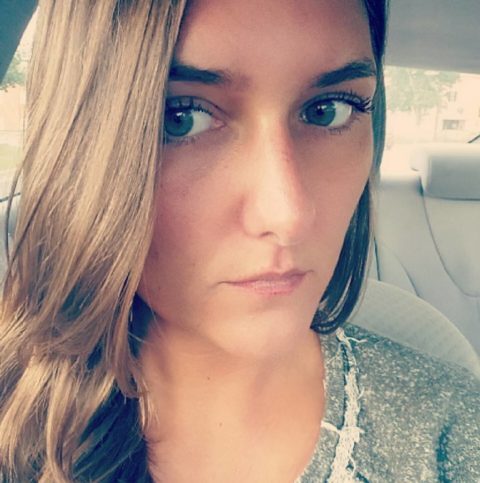
IMPACT ON OTHERS
It’s easy to look at the time served by the individual that committed the crime(s), but what about other consequences, the family and friends that are left behind, the victims of financial crimes, and/or the society that is affected by the criminal element. This impact became very clear to me when I was participating in the Residential Drug Abuse Program at Yankton Federal Prison Camp. The program had asked me to reach out to anyone who was affected by my crime, so I reached out to my immediate family. The response shook me to my core.
- Morgan Bergland (Noah’s Sister) in regards to my daughter: “She is out here without you, trying to figure things out on her own. Things grandma can’t teach her, like ice-skating, things you are supposed to be teaching her.”
- Morgan Bergland: “When I was on my honeymoon, you had just turned yourself into prison in Milan, Michigan, and I was told that you were placed in the SHU (Special Housing Unit), also known as “the hole.” Basing my information from what I had previously seen on TV, I assumed the worst. I was so scared for your life that I spent the next several days checking my phone every 5 minutes, hoping for an update. I was never able to relax and enjoy that time, because of your actions.”
- Jesse Bergland (Noah’s Brother): “This is your one and only chance. Mom and Morgan might be there for the next time, but not me. I love my family too much and if I can’t allow them to be around you, then I can’t either.”
- Jesse Bergland, in regards to my daughter: “Melrose will most likely grow up to have troubles with her relationships, primarily with men, because of your actions.”
- Jesse Bergland: “I hate to say it, but I can tell Mom is at peace while you are incarcerated.”
- Mary Bergland (Noah’s Mother): “It was all the lies and deceit that hurt the most.”
- Mary Bergland: “You couldn’t even answer the simplest questions, like where was the vehicle that you defaulted on, that your uncle was so kind to give you a loan on, how hard of a question is that to answer?”
- Mary Bergland: “I never knew where you were or even if you were alive. Do you know what that feels like, did you even care?”
- Helen Bergland (Noah’s Grandmother): “Noah, it wasn’t the money that bothered me, it’s that you lied to me about what it was for like you couldn’t even trust me to help you, regardless of the circumstances.”
– Noah Bergland

Actions have consequences that are deeply personal to the people around you and to complete strangers. It’s estimated that a hit of cocaine costs an average of ten human lives. Closer to home, addictive and criminal behavior, as well as poorly managed mental health, causes broken trust and severed relationships.
When I was in treatment, everything was about me. Me getting help, me being honest, me moving forward. I completely neglected how this situation affected my family. I didn’t have the capacity to deal with that aspect of my addiction.
That’s where support groups for family and community members come in.
— Kirsten Solberg
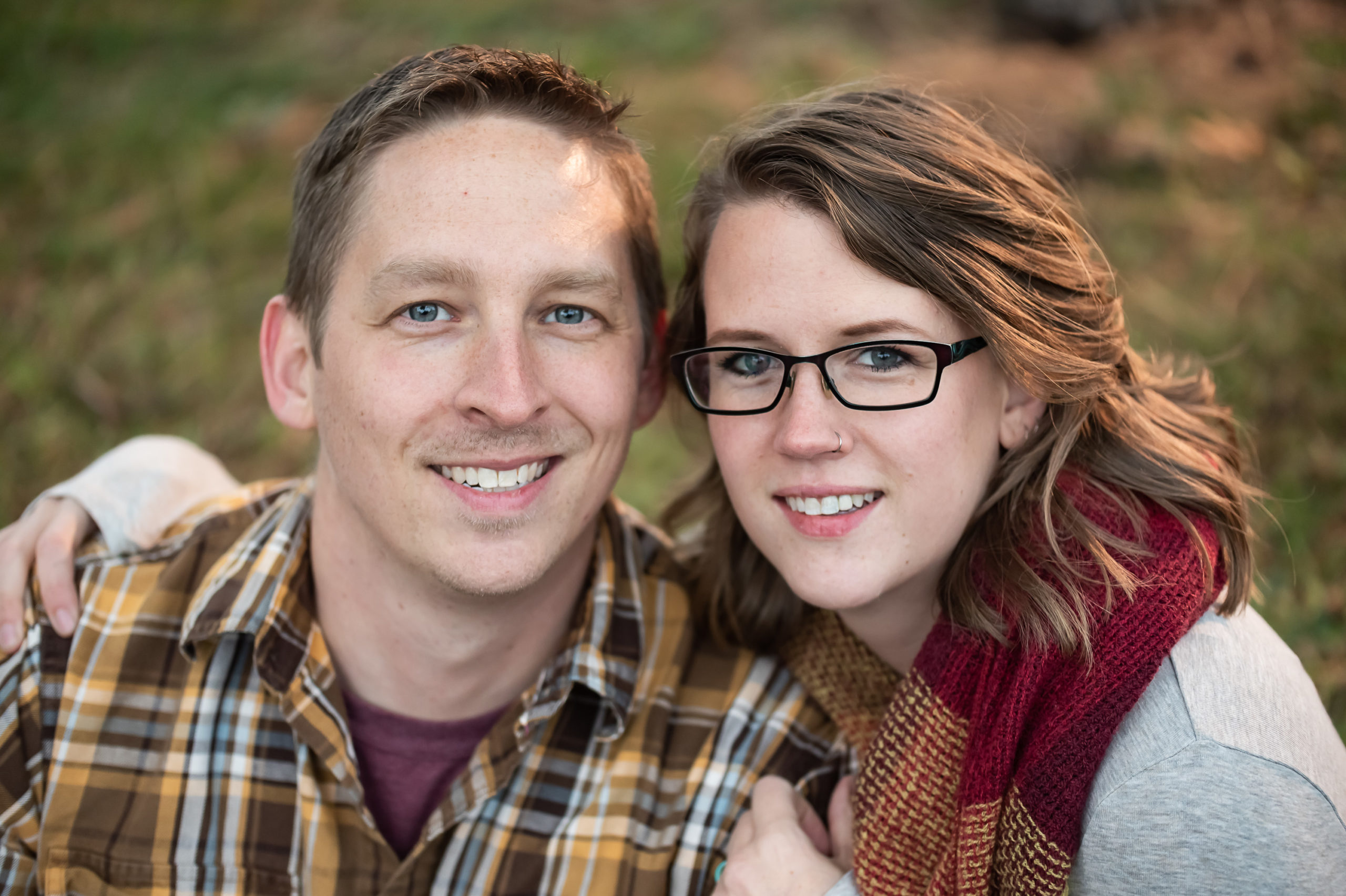
Here are some helpful links for people affected by the addiction, mental health, and criminal behavior of people close to them:
